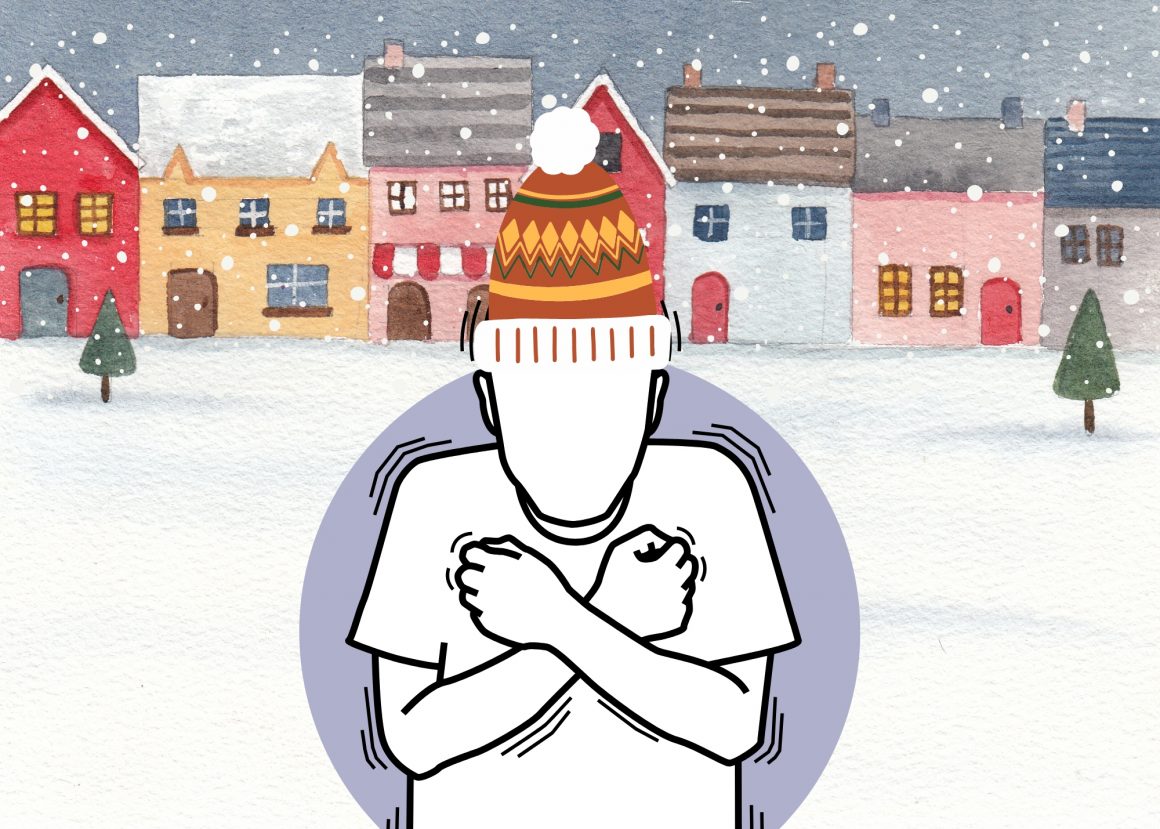
Helping unhoused people this holiday season shouldn’t just include a photo-op at the shelter
By Aymen Sherwani, December 22 2022—
Winter in Calgary this year feels like the coldest it’s ever been, and most people dread leaving their homes — but what about people that don’t have homes to go back to? Calgary’s unhoused population can often be seen being harassed by transit authorities for attempting to take refuge at heated train stations or just trying to get a good night’s sleep in a warm area. Yes, Calgary’s train stations are not meant to be shelters — but the fact that the Calgary Police Service (CPS) has reported over 300 ejections since the beginning of fall this year speaks volumes about the level of access to support services in the city.
“We continue to work with our partners to provide access to resources for those who are unhoused & in need of assistance,” said the CPS in a tweet which also reported 46 individual arrests and the issuance of 370 tickets since the beginning of fall.
Last year, the City of Calgary approved $750,000 in funding to coordinate a community cold weather response to support unhoused Calgarians in an effort to create easy-to-access spaces that provide warmth, basic needs and providing basic winter safety essentials. It aimed to address the fact that even homeless centres have barriers of access that prevent individuals from accessing them. For instance, since the pandemic, the Calgary Drop-In Centre (DI) has reduced its capacity of beds by half — leaving many unhoused people that would have otherwise used the DI as a resource to rely on transit systems to stay warm, leading them to a pipeline of routine run-ins with the law.
To combat this, Calgary also announced a free shuttle service to ten warming locations — with a total of 335 spots available at select locations in the city for individuals. But as Calgary’s unhoused population is on the rise — with around 2,000 reported people in 2021 — it’s clear that the city is failing to factor in just how dire the issue of systemic inequality is, in relation to the rising cost of living and housing prices. The steady increase of unhoused people on the streets of Calgary and in encampments is a testament to this.
The performative activism that follows is just as distasteful. Photos of politicians volunteering at soup kitchens and handing out bagged lunches to the city’s vulnerable populations are so strange because that’s what someone would do if they didn’t have control of allocating more money out of the city’s budget and putting it towards concrete change. And they do.
This is what I would characterize as the difference between symbolic efforts and substantive efforts. What’s the difference? Symbolic efforts of giving back are more towards the idea of change, whereas substantive efforts seek to change the core issues experienced by the individuals and communities you are seeking to aid. Symbolic efforts are more for the giver rather than the recipient. For instance, volunteering and having a photo-op at a homeless shelter or soup kitchen feels more like a PR move or ego boost for the people volunteering than it is helpful for those in need. The action itself is symbolic of giving back, but it inherently doesn’t seek to change the reality of people unhoused or facing food insecurity — it acknowledges that adversity exists and that, somehow, giving out a bowl of soup is good enough. For people who are cold and hungry, it may mean the world, but it doesn’t communicate an effort serving to change their realities.
So what does sustainable change look like? For people in positions of power, it looks like actually using the data collected by non-profit organizations to correctly allocate the city’s budget towards resources that attempt to lift individuals out of homelessness, rather than investing in initiatives to clear them out of public spaces. It looks like consulting vulnerable persons about their needs — what led to them being unhoused in the first place and what the city can work on based on the root causes of financial insecurity faced by Calgarians. It looks like pushing for policies surrounding rent control — as Alberta has no current legislation on the matter — and, thus, limiting landlords from pushing working class people toward homelessness. It looks like addressing the rising cost of living that pushes such a chain reaction to occur in the first place.
All of this is easier said than done, but I hope that the city can do better than criminalizing unhoused persons from attempting to stay warm on transit lines and in encampments, especially if shelters are at capacity. And they often are around this time of year.
